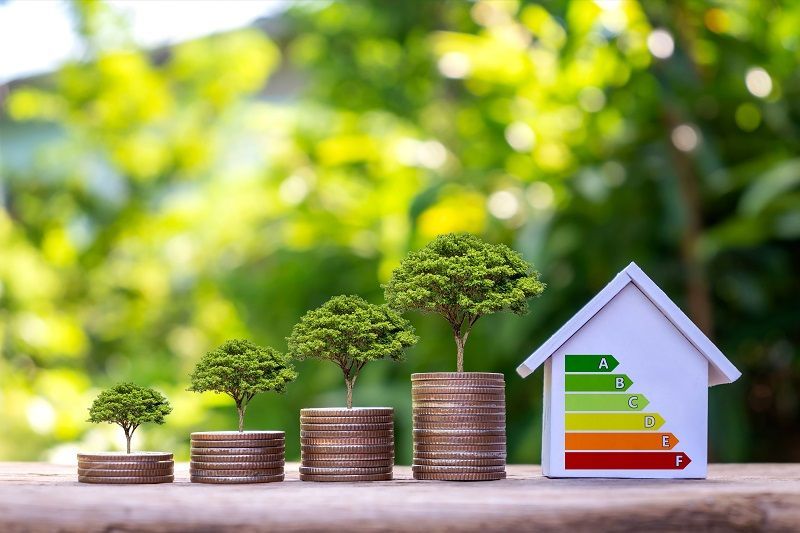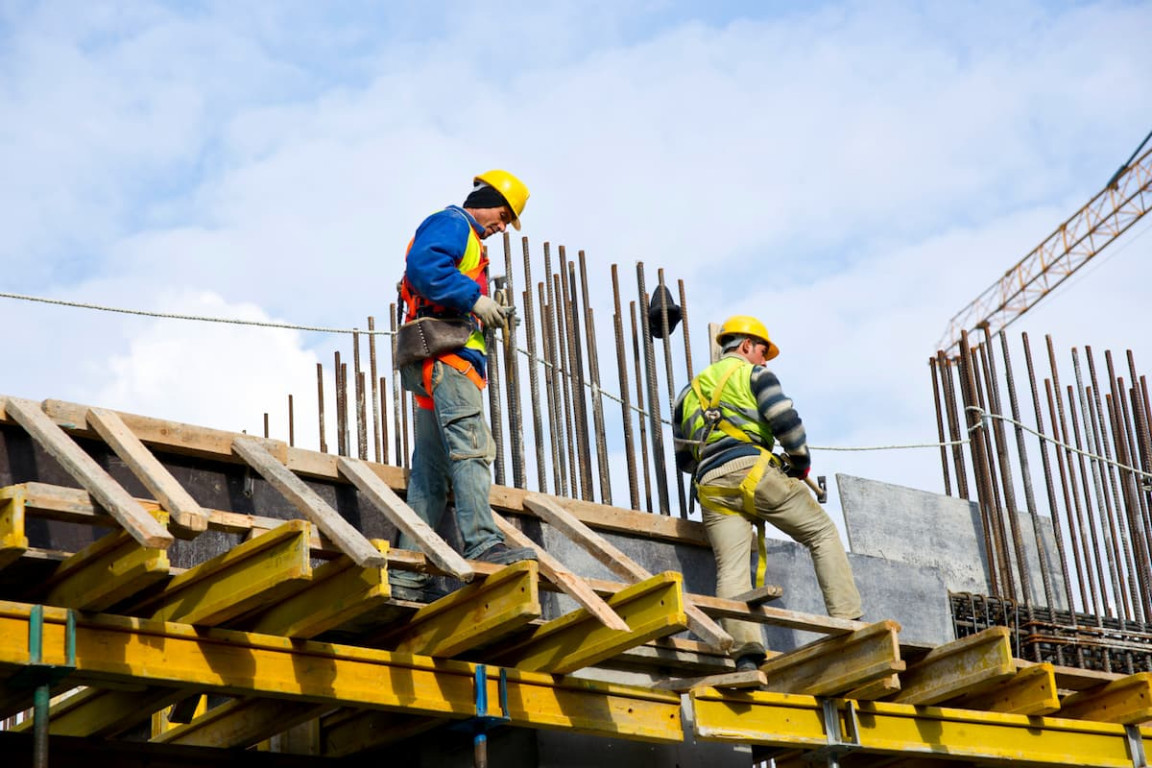A: Last March when news of the COVID-19 pandemic caused shutdowns of many businesses and services, we were not sure the effect it would have on residential real estate. Open houses and broker tours, the primary channels for marketing new listings, were no longer allowed under the new COVID-19 safety protocols. The local housing market proved to be resilient as working and learning from home caused many of us to redefine what is important in our homes.
We had to shift our marketing strategy to create more emphasis on a digital shopping and viewing experience. 3D home tours, which create a house model and provide the opportunity for a virtual walk through, skyrocketed. This prompted the concept of virtual home staging where interior design elements are created in a graphic edit mode. Empty houses do not showcase well as the space utility is hard to visualize.
Through the use of virtual staging, furniture placement provides scale and adds light to spaces. The major advantages of virtual staging are time and cost as virtual staging is about 90{22d08c03c7a24d93e425590ff0824241bdc3a783edadf58e6afae3a272b090fc} less expensive than physical staging and can be done remotely. Lastly, good quality, hi-resolution photographs are critical for online marketing and virtual staging blends well in the photography.
Tom LeMieux, Compass, 650-465-7459, [email protected].
A: I am not a big fan of virtual staging. First you take a good chance having the prospective buyer being disappointed when they see the property in person after viewing it on-line with the virtual staging. Virtual staging is where the photos are altered to include staging items.
It is a lot cheaper than actual staging, but in my experience, it does not come close to actually having a home staged. Staging a home is an important part of prepping the property to go on the market in addition to the various home improvement projects that I typically recommend a home seller. Having a home staged on average runs about $4,000. The virtual staging typically runs about $45 per photo.
There is another problem with virtual staging. Professionally done videos of homes have become an important component of the online marketing, even more so with the COVID-19 protocols making it more difficult to see homes. So the problem here in becomes, if you do a virtual staging of the home, it doesn’t make much sense to do a video of the home without any actual staging physically in the property.
Jeff LaMont, Coldwell Banker, 650-558-6886, [email protected].
A: Staging helps buyers visualize how they can live in and optimize the use of a home.
Physical staging is always optimal, but occasionally it is not possible to install physical staging so virtual staging can be a viable alternative. When using virtual staging the most important thing is to set the buyer’s expectations ahead of time so that their viewing experience is not diminished by the disappointment of walking into an unfurnished home.
We can achieve this in our marketing by showing photos of the empty rooms with the virtually staged photos right after, mentioning in marketing remarks that the property is virtually staged and having the virtual staging photos displayed at the property for reference.
Virtual staging can also be used in conjunction with physical staging, for example, if there is a particular room in a home that has multiple potential uses to highlight those options.
Michelle Long, Compass, 415-602-0307, [email protected].

:max_bytes(150000):strip_icc()/__opt__aboutcom__coeus__resources__content_migration__mnn__images__2018__03__shutterstock_1051823762-0b00dcf9cd99473cabaff5546d745b0a.jpg)



